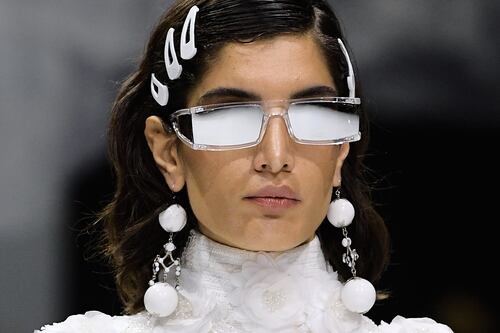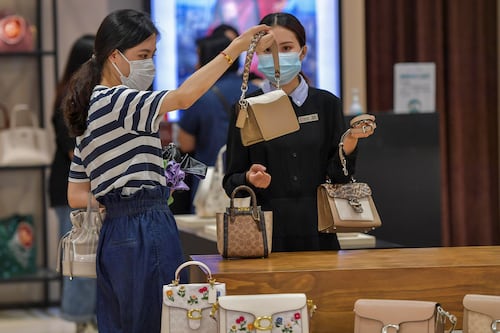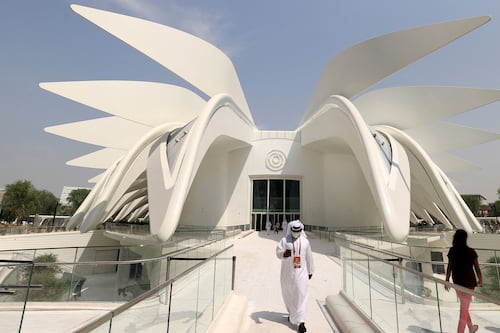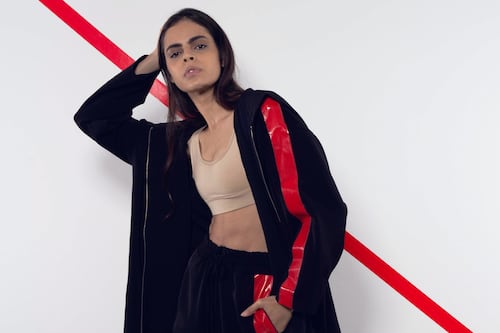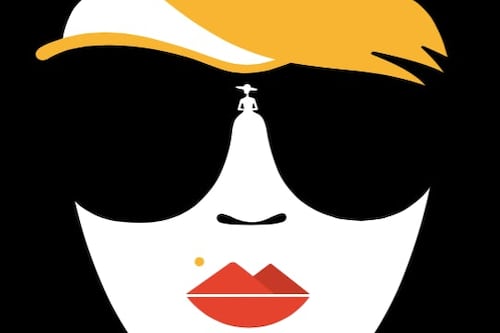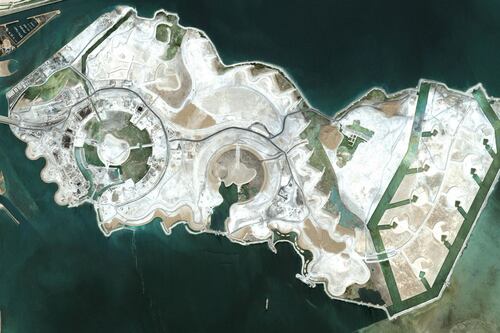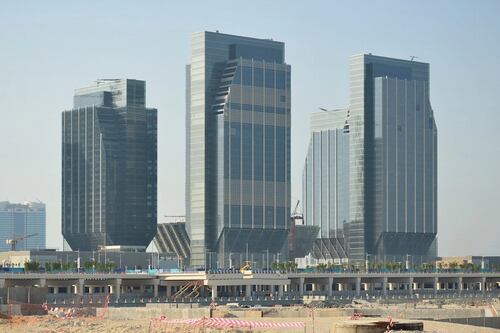Brands Owed Millions After Matchesfashion Collapse
The administrators said the retailer’s 541 known unsecured creditors are owed at least £35.6 ($44.2 million) but are unlikely to collectively receive more than £800,000 ($996,000), or “less than a penny in the pound.”
